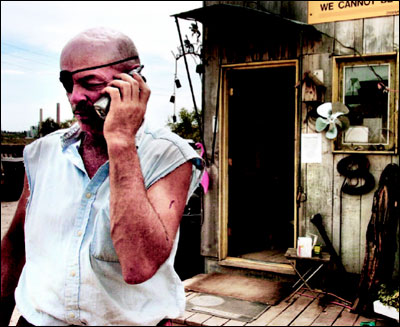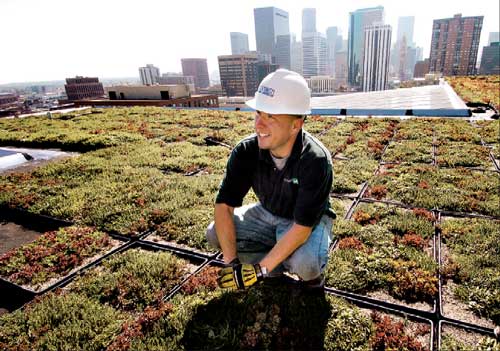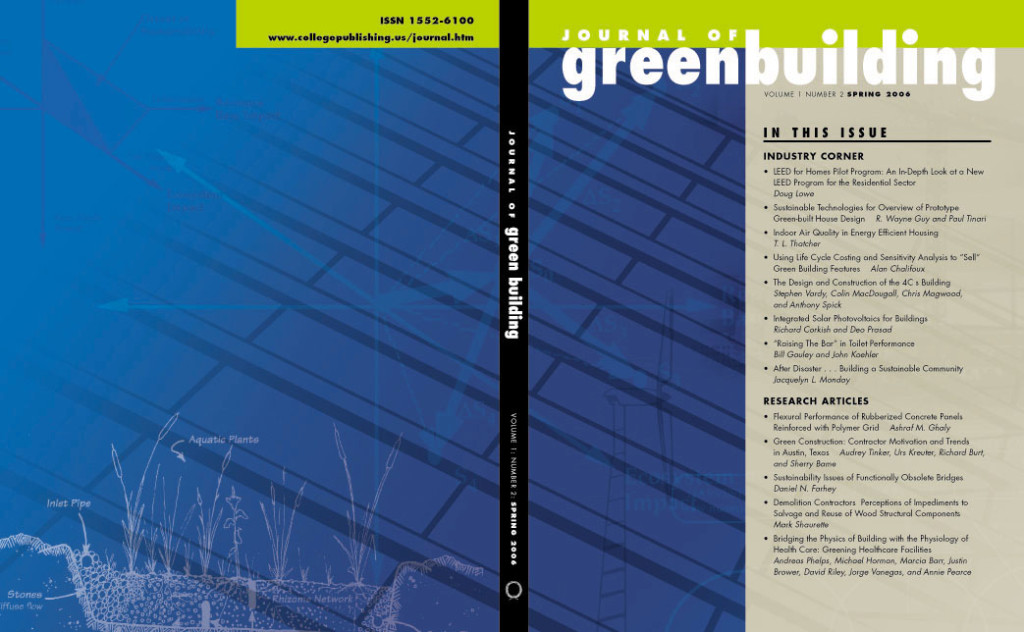 If you are from Colorado and have made the drive along I-25 over the last five years from Denver to Fort Collins or Denver to Colorado Springs, you have undoubtedly noticed it. The irony of vast corn fields and pastures surrounded by construction sites and tract housing. Productive pastures once grazed by livestock replaced by bulldozers clearing the way for development and progress in the form of roads, houses, and malls. As one farmer put it, “we’ve gone from growin’ corn to growin’ houses.” Colorado is not the only state facing this issue, consider these facts from the American Farmland Trust,
If you are from Colorado and have made the drive along I-25 over the last five years from Denver to Fort Collins or Denver to Colorado Springs, you have undoubtedly noticed it. The irony of vast corn fields and pastures surrounded by construction sites and tract housing. Productive pastures once grazed by livestock replaced by bulldozers clearing the way for development and progress in the form of roads, houses, and malls. As one farmer put it, “we’ve gone from growin’ corn to growin’ houses.” Colorado is not the only state facing this issue, consider these facts from the American Farmland Trust,
From 1992-1997, we converted to developed uses more than six million acres of agricultural land—an area the size of Maryland.
The rate of loss for 1992-1997, 1.2 million acres per year, was 51 percent higher than from 1982-1992.
The rate of conversion of prime land was 30 percent faster, proportionally, than the rate for non-prime rural land from 1992-1997. This results in marginal land, which requires more resources like water, being put into production.
86 percent of U.S. fruits and vegetables, and 63 percent of our dairy products, are produced in urban-influenced areas.
From 1982-1997, U.S. population grew by 17 percent, while urbanized land grew by 47 percent. Over the past 20 years, the acreage per person for new housing almost doubled; since 1994, 10+ acre housing lots have accounted for 55 percent of the land developed.
Texas leads the nation in high-quality acres lost, followed by Ohio, Georgia, North Carolina and Illinois. And for each of the top 20 states the problem is getting worse.
The mission of the Inspired Economist is to explore solutions and as such we turn to you, our faithful readers. What can we do to reconnect people to the land, curb urban sprawl, and build a more sustainable future? Let us know your thoughts.
Photo Credit: By Photo Credit: Froggy Pond via Flickr’s Media Commons





Good article. What is considered prime land? Is food production down and/or is the quality being compromised due to this loss of potential and actual farm land? and is the urban crawl onto farmlands causing contamination? I’d like to learn more if someone out there has an honest answer. I don’t think that land development is a problem yet. . . . but it definitely seems to be looming on the horizon. I do think that we need to proceed cautiously with government regulations on residential/commercial expansion as a solution. At the same time, we can’t turn a blind eye to potential sources of damage to our agriculture. Tough balance. I, personally, would rather see a change in American culture rather than regulation by the government. The former is a lot harder change to make happen. . . don’t have any good ideas off the top of my head.
Good article. What is considered prime land? Is food production down and/or is the quality being compromised due to this loss of potential and actual farm land? and is the urban crawl onto farmlands causing contamination? I’d like to learn more if someone out there has an honest answer. I don’t think that land development is a problem yet. . . . but it definitely seems to be looming on the horizon. I do think that we need to proceed cautiously with government regulations on residential/commercial expansion as a solution. At the same time, we can’t turn a blind eye to potential sources of damage to our agriculture. Tough balance. I, personally, would rather see a change in American culture rather than regulation by the government. The former is a lot harder change to make happen. . . don’t have any good ideas off the top of my head.
Thanks for making us think. Our culture, needs to be thinking a lot more often about our food production. Land use and the shrinking availability of good farm land could already be playing a big role in America’s food production. It feels like there is some shift of awareness with the recent popularity of local farmer’s markets and the mantra of think globally, act locally. But, in general, most Americans don’t give much thought at all to where or how the food they eat was produced. Do you read the label/sticker to see where your food was produced? Our food and its production should be on everyone’s mind as it is connected to all of our American lives through the economy, our health, national security, land use, etc. We need to be hearing more often from our farmers on these issues and less often from uninformed bureaucrats.
Thanks for making us think. Our culture, needs to be thinking a lot more often about our food production. Land use and the shrinking availability of good farm land could already be playing a big role in America’s food production. It feels like there is some shift of awareness with the recent popularity of local farmer’s markets and the mantra of think globally, act locally. But, in general, most Americans don’t give much thought at all to where or how the food they eat was produced. Do you read the label/sticker to see where your food was produced? Our food and its production should be on everyone’s mind as it is connected to all of our American lives through the economy, our health, national security, land use, etc. We need to be hearing more often from our farmers on these issues and less often from uninformed bureaucrats.
Smaller, Zero upkeep, Zero running cost homes with greenhouses attached, or as part of the overall heating, cooling design, might provide very tasty greens and fresh veggies for a depression racked American family budget! – Not so for the ignoble “McMansions of our foolish age! It is a far cry from cruising to the local super-market and laying out cash for the latest flown in fruits and veggies, and a kick in the pants for most of us, but as the depression tightens its noose around our necks, swallowing pride and planting seeds might provide a way to survive in humble thankfulness to the seeds we plant. I am looking for a GMO’ed worm proof cabbage seed, a GMO’ed potato bug proof potato and a GMO’ed cumber bug proofed cucumber. We already have a worm proof corn and I am thankful for it! Somewhere, between my backyard garden, food drying and canning techniques and my understanding of composting, I have managed to reduce my carbon footprint, and my grocery bill by about 60%. I will continue home brewing and wine making and hope to be able to afford solar cells and LED lighting soon! I hope the internet as my best source of survival information doesn’t dry up during the dark days ahead, we all need it for survival communications! My hope is that we can develop new lifestyles, less dependent and more supportive of our newly forming society, and as a nation move ahead to greater accomplishments than before. Small neighbour hood surpluses can be donated or sold within local communities, skipping the taxman, greedy merchant class and even legal freeloaders. The “barter” is not dead, and small free enterprise will save us from annihilation by greedy corporations, banks and the like! A new strong and stable small enterprise, inter-community barter system such as is found in the hills of Italy is about to save our country. Please help by participating! A return to the land is a return to Pride and Honor for Americans!
Smaller, Zero upkeep, Zero running cost homes with greenhouses attached, or as part of the overall heating, cooling design, might provide very tasty greens and fresh veggies for a depression racked American family budget! – Not so for the ignoble “McMansions of our foolish age! It is a far cry from cruising to the local super-market and laying out cash for the latest flown in fruits and veggies, and a kick in the pants for most of us, but as the depression tightens its noose around our necks, swallowing pride and planting seeds might provide a way to survive in humble thankfulness to the seeds we plant. I am looking for a GMO’ed worm proof cabbage seed, a GMO’ed potato bug proof potato and a GMO’ed cumber bug proofed cucumber. We already have a worm proof corn and I am thankful for it! Somewhere, between my backyard garden, food drying and canning techniques and my understanding of composting, I have managed to reduce my carbon footprint, and my grocery bill by about 60%. I will continue home brewing and wine making and hope to be able to afford solar cells and LED lighting soon! I hope the internet as my best source of survival information doesn’t dry up during the dark days ahead, we all need it for survival communications! My hope is that we can develop new lifestyles, less dependent and more supportive of our newly forming society, and as a nation move ahead to greater accomplishments than before. Small neighbour hood surpluses can be donated or sold within local communities, skipping the taxman, greedy merchant class and even legal freeloaders. The “barter” is not dead, and small free enterprise will save us from annihilation by greedy corporations, banks and the like! A new strong and stable small enterprise, inter-community barter system such as is found in the hills of Italy is about to save our country. Please help by participating! A return to the land is a return to Pride and Honor for Americans!